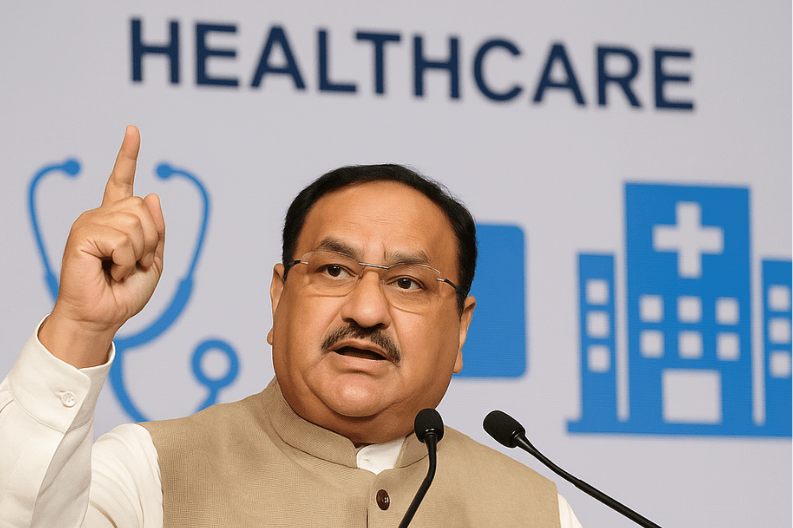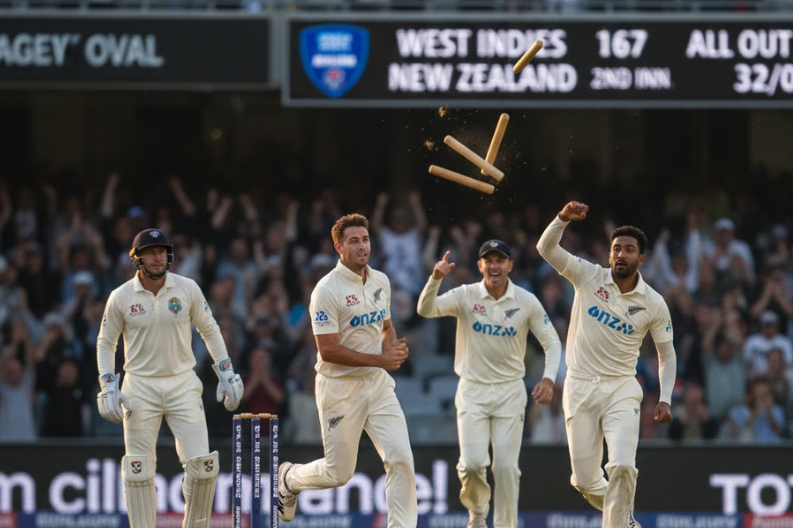Government aims to improve health care in India, Union Health Minister JP Nadda announced at the FICCI HEAL 2025 event in New Delhi on October 9. He said the government is working hard to make health services affordable, accessible, and efficient across the country. Over the last decade, India’s health care system has gone through major reforms focused on prevention, better access, and long-term wellness.
Minister Nadda explained that the National Health Policy 2017 was a turning point for the country. Before that, India’s last policy update was made in 1998. “Previously, we focused only on curing diseases,” he said. “But after 2017, we began thinking about comprehensive health care that includes prevention, early detection, and overall wellness.”
The 2017 policy highlights five key areas: preventive, promotive, palliative, curative, and geriatric care. This plan ensures people not only get treated but also learn to stay healthy. Nadda stressed the importance of preventive care, saying that early detection can save lives and lower long-term health costs.
To expand access, the government has opened 1.7 lakh Ayushman Arogya Mandirs across India. These centers offer free basic health services, checkups, and medical guidance. This step aims to reach people in remote and rural areas, making quality health care available to everyone.
Nadda also shared progress in maternal and child health. Institutional deliveries have increased from 79% to 90%, according to the National Family Health Survey. This means more women are giving birth in hospitals with proper medical care. As a result, the Maternal Mortality Ratio dropped from 130 deaths per lakh live births to 88, a big achievement in public health.
Another key success is the Ayushman Bharat scheme, which Nadda called the world’s largest health coverage program. It benefits over 62 crore citizens, or about 40% of India’s population. Each family under the scheme gets health coverage of up to ₹5 lakh per year. Recently, the plan added special benefits for people above 70 years of age to ensure better senior care.
To make medicines affordable, the government launched the Jan Aushadi scheme. It provides high-quality drugs at low prices through special stores nationwide. Nadda said this initiative ensures that health care remains affordable for every income group.
The government has also reduced GST on medicines and health insurance, making treatment and coverage cheaper. This move supports the larger goal of fair and universal health care without financial stress.
Experts at the FICCI event praised these measures. They said India’s strong focus on preventive care and accessibility could be an example for other developing countries. Programs like Ayushman Bharat and Jan Aushadi show the government’s serious commitment to building a healthier nation.
In conclusion, the government aims to improve health care in India through inclusive policies, better access, and affordability. Initiatives like Ayushman Bharat, Jan Aushadi, and Ayushman Arogya Mandirs are helping turn universal health coverage into reality. The focus on prevention, innovation, and early detection is creating the path toward a stronger and healthier India.



